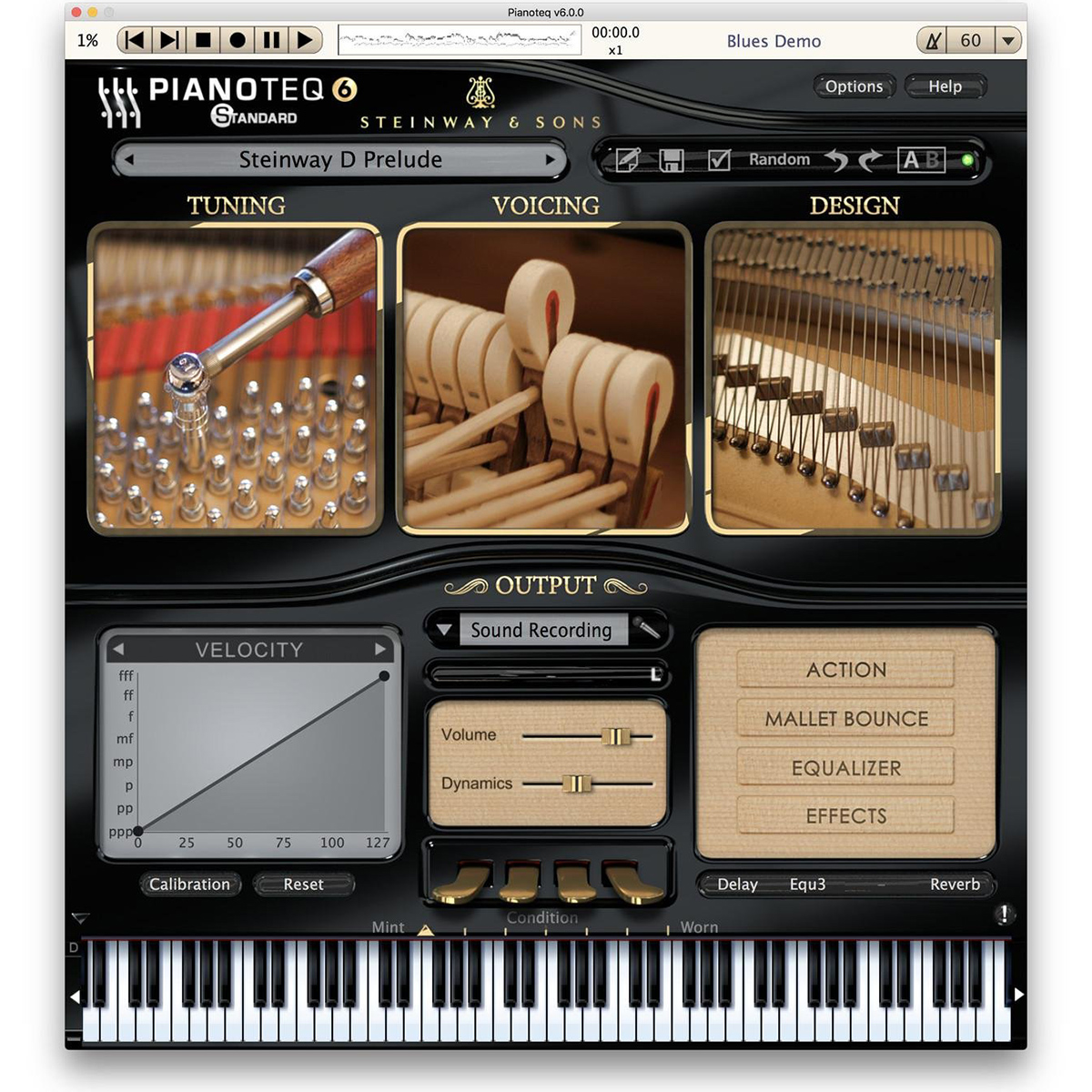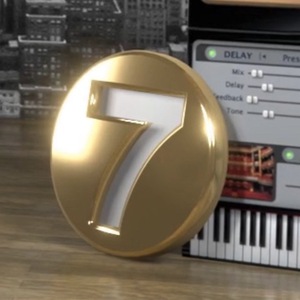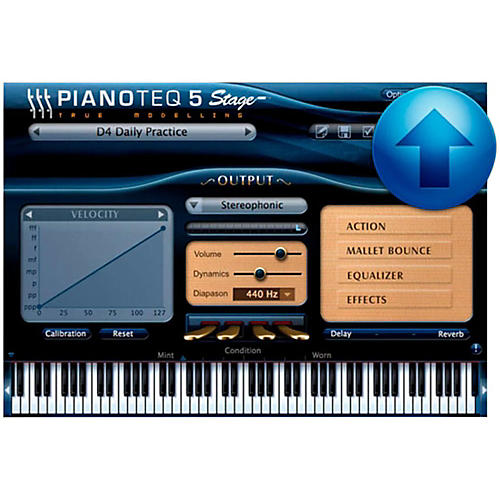Ep station vst downloadeverxx. I would like to compare parameters for different presets and save those values in a file. I see that under the Edit menu, there is a Copy parameters option. When I choose that, select something, and then close that dialogue the parameters should be copied to the clipboard.
Download Pianoteq PLAY (64-bit) for Windows to produce the sound of an acoustic piano on a virtual piano with playability parameters. By Modartt Free to try.
But when I do that I can't display that clipboard. I downloaded a clipboard display program, but when I open it up after doing the above it's empty. I'm assuming the format is text. Is the reason I can't display the clipboard data because it's in a different format? The clipboard display program does work for other things outside of Pianoteq. I'm running a Windows 10 PC.

- This is a free version of Pianoteq for evaluation purpose. The optional instruments are included in demo mode. Please read the FAQ page to check the hardware and software requirements.
- Pianoteq PLAY 3.6.7 for Mac can be downloaded from our website for free. The following version: 3.6 is the most frequently downloaded one by the program users. The software belongs to Audio & Video Tools. The program's installation file is commonly found as try?file=pianoteqtrial.dmg. The actual developer of this Mac application is Modartt.
Hello everyone,
my name is Uli and I am new here. I bought Pianoteq Stage this summer and I love it. I also got a Kawai VPC1 and Beyerdynamic DT 990 Pro Headphones recently and the playing experience is incredible,
However, I do have a question: I feel that my Steinway Model D (and all the other models, too, for that matter) starts to sound too dominant, too clear or “ringy” (for want of a better word) especially in the higher octaves, as soon as a play above a velocity of about 100.I think it’s the kind of sound a grand piano produces if you play it really loudly (strong forte or even fortissimo). But for my playing style this starts at too low a velocity. When I feel like I am playing mezzoforte the sound already starts to get “ringy” (or whatever you would call it - I hope I can make myself understood).
Just to make this really clear - I don’t have a problem with the piano starting to sound clear and “ringy” when it’s played loudly; in fact one of the things I love about Pianoteq is how well it simulates the different sound characteristics of a piano depending on the players touch. South park and the stick of truth pc download. It’s just that my fingers seem to think that I should still be in a more mellow, mezzoforte sound range, when Pianoteq already starts producing high energy sounds.

At the moment I use the Pianoteq velocity setting on the VPC1 and the Standard (“straight”) velocity curve in Pianoteq. I have found that I can solve my problem by flattening the velocity curve in Pianoteq just a bit. All I need to do is lower it about 10% at a velocity of around 100, and my Steinway D behaves just like I would expect.
However I am wondering: Should I adapt the velocity curve to my playing style or should I learn to adapt my playing style to the standard velocity curve?

I am asking this because I fear that my touch is too heavy. I have had classical piano lessons for 9 years during my childhood and youth. But then I started playing in bands and have done so for about 30 years. California government car buy back programprimofasr. I got so used to hammering on my keys with all my strength in order to get heard (or at least hear myself), that I have ruined my piano touch. Playing Pianoteq with the VPC1 is so much fun precisely because it allows me to play with a dynamic range and finesse that I haven’t experienced for a very long time. My digital pianos and synth workstations just weren’t able to give me that kind of control over my playing.
Pianoteq Plugin
I am wondering how accurately the combination of Pianoteq's standard velocity curve and VPC1’s Pianoteq simulates a real grand piano action. I don’t get to play grand pianos very often, but when I do, my touch is indeed too heavy and I get this “ringy” dominant sound way too easily.
Modartt Pianoteq Play Download Software
So I would really appreciate your advice and draw on your experience. What should I do? Adapt the velocity curve to my playing or learn to adapt my playing to the given settings? How do you do it?
Pianoteq Sale
Additional question: If I adapt the velocity curve, should I do so in Pianoteq or should I create a custom velocity curve on my VPC1. I remember having read somewhere that it’s better to change the curve on the VPC1 because then I would still have the full dynamic range of 127 velocity steps in Pianoteq as opposed to somehow squeezing the dynamic range by manipulating the curve in Pianoteq. Is that true?
Modartt Pianoteq 5 Free Download
Thanks for reading this somewhat lengthy post. Looking forward to learning from you.
